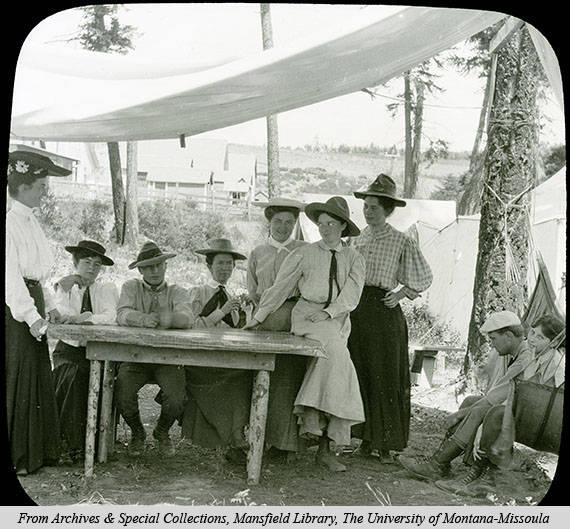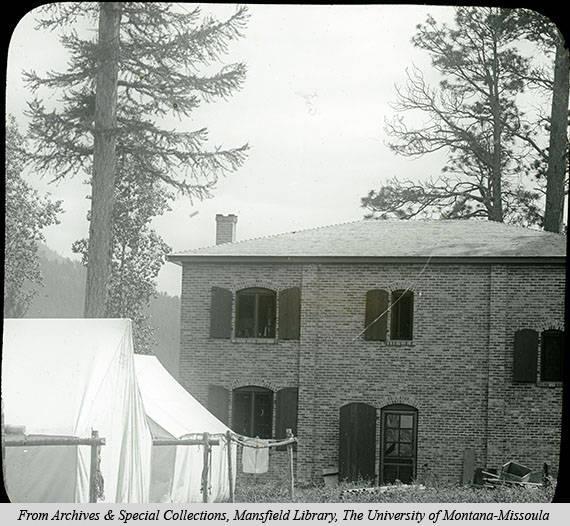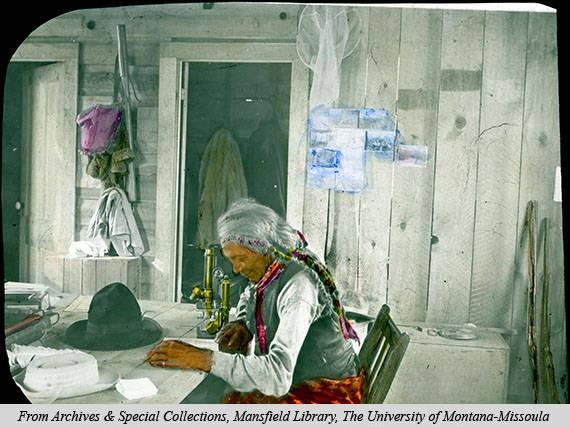Flathead Lake Biological Station

As the largest natural freshwater lake west of the Mississippi River, Flathead Lake is the jewel of the “Crown of the Continent” ecosystem of northwest Montana. Scientists have studied the botany and zoology of this lake at the Flathead Lake Biological Station since 1899, making it the second oldest active station in the nation.
Flathead Lake Biological Station, established in 1899, is the second oldest active biological field and research station in the United States. Its research centers on the freshwater ecology of the Triple Divide Peak area, now known as Glacier National Park. However, the station’s base is Flathead Lake, which is the largest natural freshwater lake west of the Mississippi River. After beginning in 1893, the University of Montana began its science department a few years later in 1897 by hiring biologist Dr. Morton John Elrod. Elrod discovered the seclusion of Flathead Lake that year while on a collecting trip on the Flathead Indian Reservation, and recognized its potential as an educational and research site. The State Board of Education established the station with Elrod as the director two years later, locating it on the mouth of the Swan River, near the town of Bigfork. The station began offering summer courses for Montana’s public-school teachers and college professors interested in teaching courses in biology, botany, zoology, and ornithology. It also began researching the ecology of Flathead Lake by collecting and preserving plant and aquatic specimens. In 1909, the University of Montana moved it from reservation land to the Yellow Bay Peninsula of Flathead Lake, and full summer sessions began again in 1911.
Financial instability caused the station to be relatively inactive for much of the 1920s and 30s, and summer sessions were irregular during these years. However, its work did continue through collaborating with the Montana Fish and Game Commission to study why the lake had a scarcity of food and game fish, and if it was capable of maintaining a larger supply of them. Class visits began to pick up again in the 1940s, and after the end of WWII, the federal government fully reactivated the station through sending grant funds to restart operations and by approving requests for new laboratory buildings. Botany and zoology research and teaching remained its focus, but in the 1950s, it expanded studies into mammal research, primarily weasel populations of Glacier National Park.
The station continued to grow and by 1968, year-round operations began. The influx of people in the area in the 1960s led to new studies into wastewater treatment in the 1970s. With funding from the Environmental Protection Agency, it built the Yellow Bay Wastewater Treatment Facility in 1974. During this period, it also focused on monitoring the water quality of the Flathead River Basin in response to the development of new coal mining districts in the region. Advancements continued in the 1980s as the Station gained new buildings and new landholdings, particularly the Schoonover Freshwater Research Laboratory to further advance its water quality and limnology research. Today, the Station continues to hold summer sessions every year and expanded its mission to include programs for undergraduate internships and educational outreach for local K-12 schools.
Images


https://mtmemory.org/digital/collection/p16013coll27/id/2481 Creator: Photographed by Morton John Elrod.

https://mtmemory.org/digital/collection/p16013coll27/id/2483 Creator: Hand colored, photographed by Morton John Elrod.

https://mtmemory.org/digital/collection/p16013coll27/id/2489 Creator: Hand colored, photographed by Morton John Elrod.